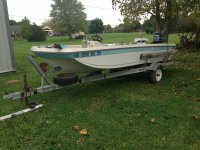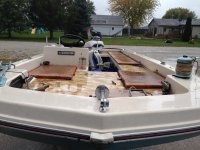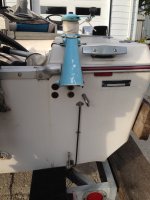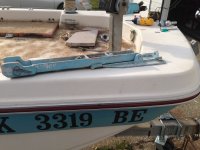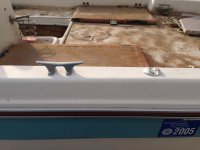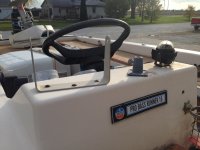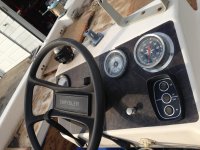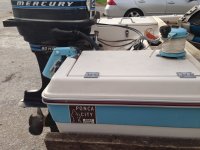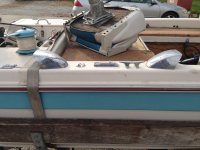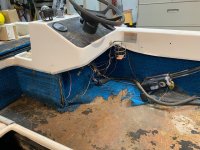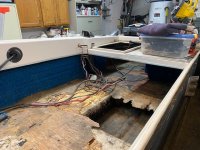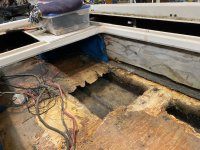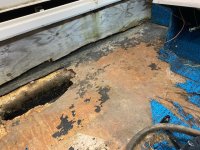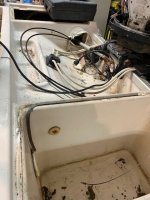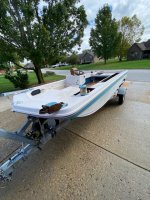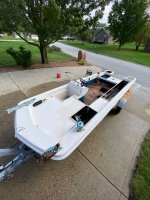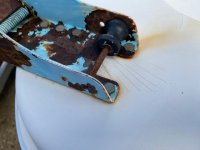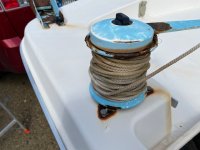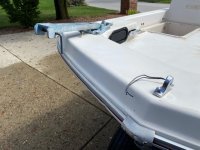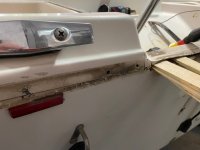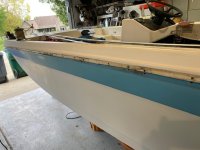I have started my project (perhaps ###-backwards), by laminating new wood and in some cases reinforcing existing wood on the various deck lids, two live-well lids, three storage lids, and one long rod holder lid. All of this work, so far, will be covered with carpeting down the road. I will still have to spray gel coat on the inside of the lids, but I think I can manage that with a little practice. I have nearly all the tools and equipment needed for this work. I think I'll invest in a hand held band sander, and maybe a good gel gun, but otherwise, I think I'm ready, except for being old. I had some old resin and thought this would be a good place to use up what I have. My resin, from a well known boat resin supplier, did not stay tacky; hence my original question. The resin was clearly marked non-waxed. I also applied gel coat to parts of the lids, again trying to use old resin since I'm a couple of years late getting started with this project. Anyway, I'm almost ready to start tearing into the deck flooring and see what troubles lie ahead. My first question. It appears that I will need to remove the top cap to really see what the issues are under the deck and to check the transom. Hopefully, the transom is not rotted, but whatever. Once the motor if off, does it make sense to remove the top cap? The boat is a 1977 Chrysler Pro Bass Runner 16' with a 1972 Mercury Thunderbolt 80 HP outboard. My experience with resin has been from the prosthetic world for many years. But we vacuum bagged all of our work, so PVA spraying was not involved. I'm attaching photos. Any opinions? Thanks for your reply Woodonglass. Appreciated.




















